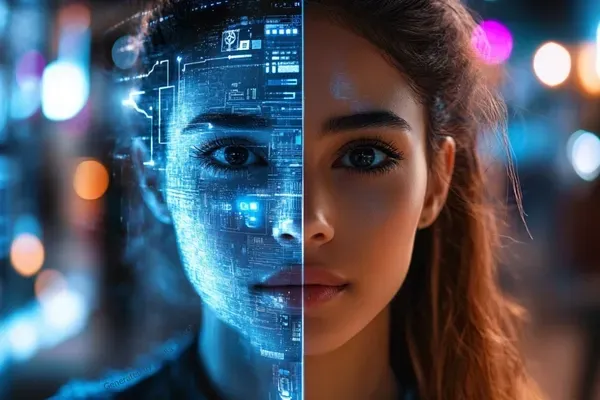
Let’s Be Clear About AI (And Why It’s Not the Villain)
Let me start here:
If you’ve already decided that AI is the devil in digital disguise, I won’t try to convince you otherwise. You’re not alone - and I’m not here to debate. It wouldn't be an effective use of your time or mine.
It’s like mangos for me. Many people love them. But, to me they taste like soap. You won’t change my mind. Ever. (Friends have tried unsuccessfully, and there is no "right one" that exists.)
So no, this isn’t a manifesto on why you should use AI.
It’s a reflection on what happens when we don’t understand the tools we’re working with.
As someone who teaches this stuff professionally (and who has made more than a few mistakes early on), I want to name what’s missing from so many of these conversations:
A lot of people are using AI wrong, and it’s not their fault.

Let’s Rewind: What AI Is Actually For
Generative AI tools like ChatGPT, Claude, Gemini, etc. - are not search engines.
They aren’t information sources (even if they're capabilities are improving).
They’re not search engines. They’re not oracles.
They are pattern recognizers.
At the core, generative AI tools are trained on huge data sets and can produce new things based on the instructions you give them. Writing, summaries, ideas, visuals. (Think: smart helpers remixing info.)
When they’re used well, they’re great power tools and excellent co-collaborators.
Used poorly? They’ll spit out some of the most confident nonsense that sounds smart but isn’t true. (Been there, done that, bought the t-shirt and not going back.)
So, What Can They Do?
When trained, prompted (e.g. making a request or asking a question), and guided with clarity, AI can support:
Summarizing and organizing messy info
Writing everything from captions to case studies
Generating and debugging code
Streamlining workflows
Enhancing brainstorming and ideation
Simulating contextual dialogue for training or storytelling
But accuracy is not guaranteed.
That’s a feature, not a bug.
You’re the fact-checker. You're the heart. You’re in the driver’s seat. Always.

Here’s the Truth No One Wants to Say
Most people don’t hate AI. They hate the experience they have using it (which is mostly impacted by using it badly).
And that’s what happens when you’ve never been taught how it actually works.
Because here’s what the marketing won’t tell you: Just because it’s “easy to use” doesn’t mean it’s simple. These tools can be a lot. Overwhelming, confusing, or misleading - especially without a solid foundation.
That’s where I come in.
As an AI Consultant and Trainer, I’ve seen it all: the excitement, the confusion, the “why doesn’t this work?” spiral. I’ve walked through it myself. And now, I teach others how to walk through it with more clarity and a lot more confidence.

My Invitation: Don’t Write Off the Tool. Learn to Use It Right
I believe in people. I believe we’ll always need you.
Your experience. Your gut instincts. Your sense of context and nuance. Your talents and perspective.
AI isn’t replacing that. It can’t.
What it can do - when used well - is support that brilliant and complex brain of yours, not replace it.
And that’s what I care about.
So if you’ve been curious, cautious, or completely confused about how to make AI work for you… let’s chat.
Let’s fill in the blanks, clear the fog, and get you the support you need to move forward with clarity and in a way that feels right.
Because you’ve got this.
And I believe in what’s possible when we stop fearing a tool and start learning how to use it wisely.
What’s in your way when it comes to AI?
